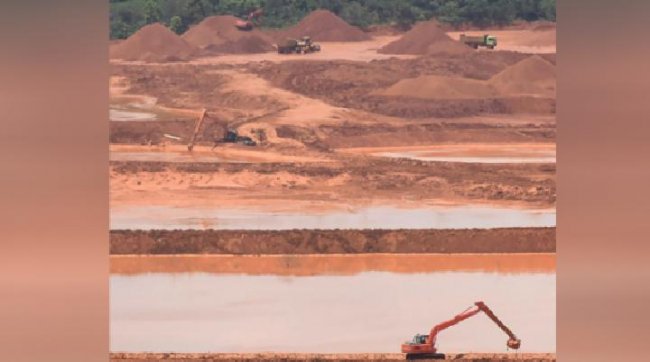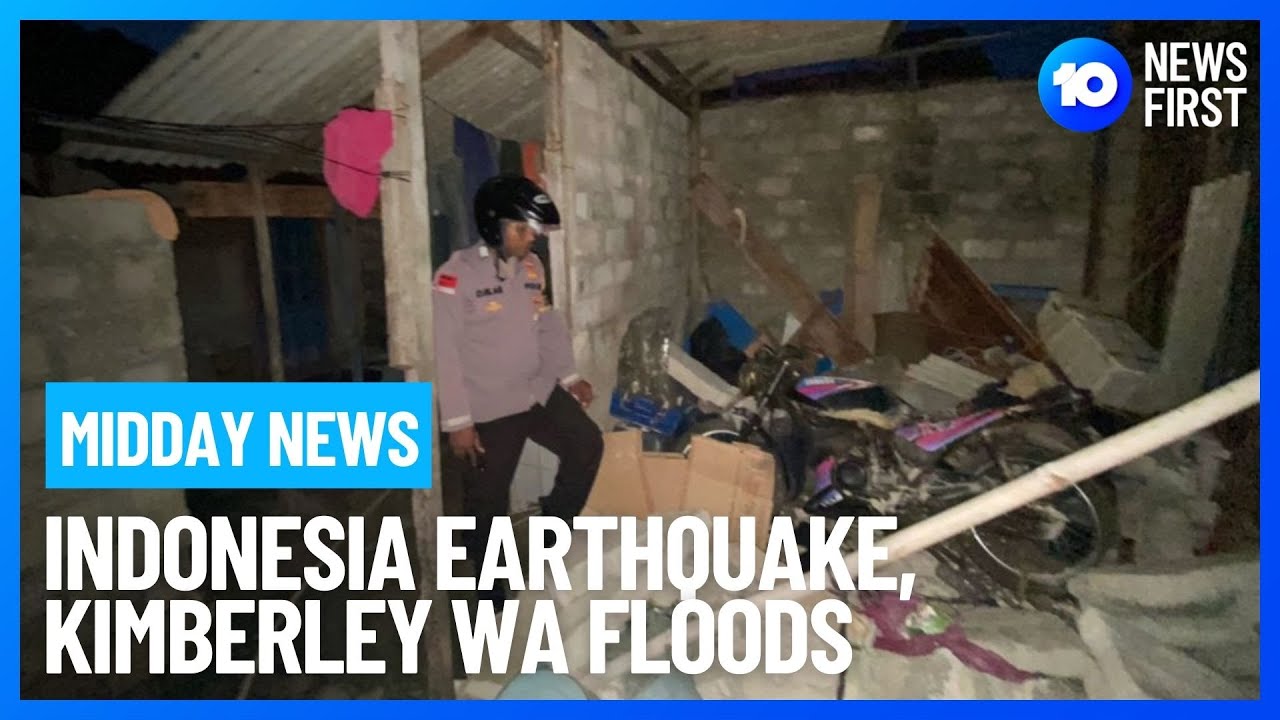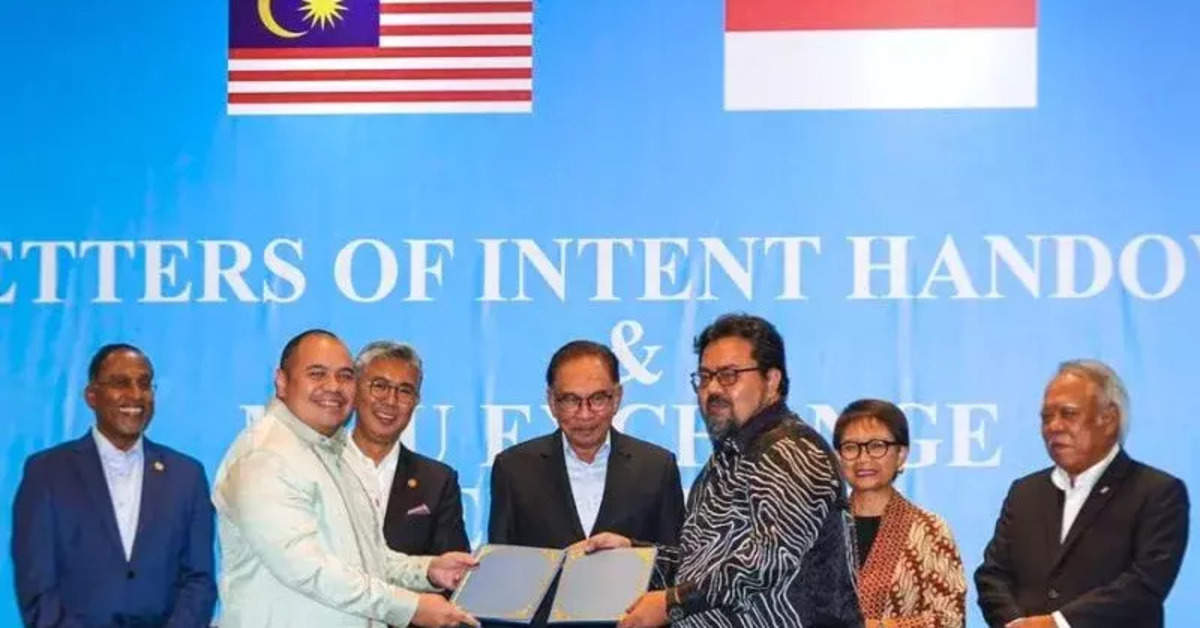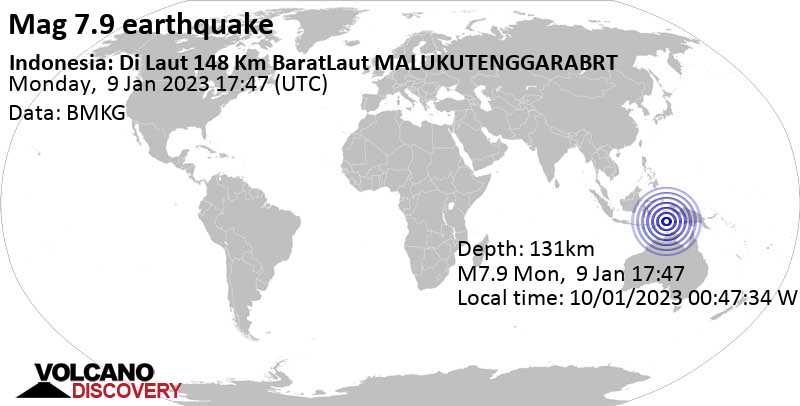TEMPO.CO, Jakarta – President Joko Widodo, in his speech at the 50th PDIP anniversary on Tuesday, for the umpteenth time, asserted the government’s intention to continue restricting raw mineral commodities exports. During his speech, Jokowi also mentioned the World Trade Organization (WTO) dispute with the European Union (EU), which Indonesia lost.
“Indonesia is facing a lawsuit at the World Trade Organization over banning nickel exports. And we lost. But, our fight continues as we submit a plea. Even though we may seem to be intimidated by losing the nickel issue at the WTO, we will persist,” said the President at the 50th anniversary of his political party on January 11.
Moreover, Indonesia is not planning to limit its export ban to only nickel but will expand to other raw minerals which will coincide with the country’s industrial downstream effort. The latter aspect is deemed crucial to elevate the added value of commodities and provide more domestic jobs.
What are the raw materials that are banned from being exported overseas? And how ready are Indonesia’s smelting capabilities?
NICKEL
Indonesia has officially banned the exports of raw nickel ore that have been made effective for the past three years. According to the President’s statement, Indonesia’s nickel downstream managed to increase the commodity’s added value from US$1.1 billion (Rp20 trillion) to US$20.8 billion (Rp300 trillion) in 2021. A nearly 18-fold increase.
BAUXITE
In June 2023, the government will introduce a ban on bauxite ore and boost the domestic bauxite smelting industry. From this bauxite industrialization, President Jokowi expects state income to increase from Rp21 trillion to Rp62 trillion.
COPPER
After banning bauxite in June this year, the government will also ban the export of copper, which will be included in Indonesia’s list of downstream plans. Indonesia is included in the category of seven countries in the world with the largest copper reserve and plans to use this to elevate the welfare of its population and its growing economy.
According to Statistics Indonesia (BPS) data, the value of copper exports in Indonesia in January-November 2022 reached US$2.57 billion. The amount was lower than in 2021 which was valued at US$ 305 billion. Meanwhile, the volume of copper exports reached 305,327.9 tons in the 10 months of the previous year.
TIN
This raw material is also on the list of raw minerals banned from being exported by Jokowi. In recent years, at least 98 percent of Indonesia’s tin production is destined for the export market. This also makes Indonesia the largest tin exporter in the world. In comparison, the downstream industry of tin in China, which is the second-largest tin producer, amounts to 70 percent while Indonesia is still at 5 percent.
Increasingly urgent need for smelters
According to the Ministry of Energy and Mineral Resources, the need for smelters is becoming increasingly urgent to realize the country’s goal of being independent in the downstream sector or processing raw materials from mining products.
Data from the Ministry of Energy and Mineral Resources, Indonesia currently has 15 nickel smelters. There are also 2 bauxite smelters, 2 copper smelters, 1 iron mineral smelter, and 1 manganese mineral smelter. The government plans to add 7 smelters in 2022.
TEMPO | ANTARA
Click here to get the latest news updates from Tempo on Google News




































